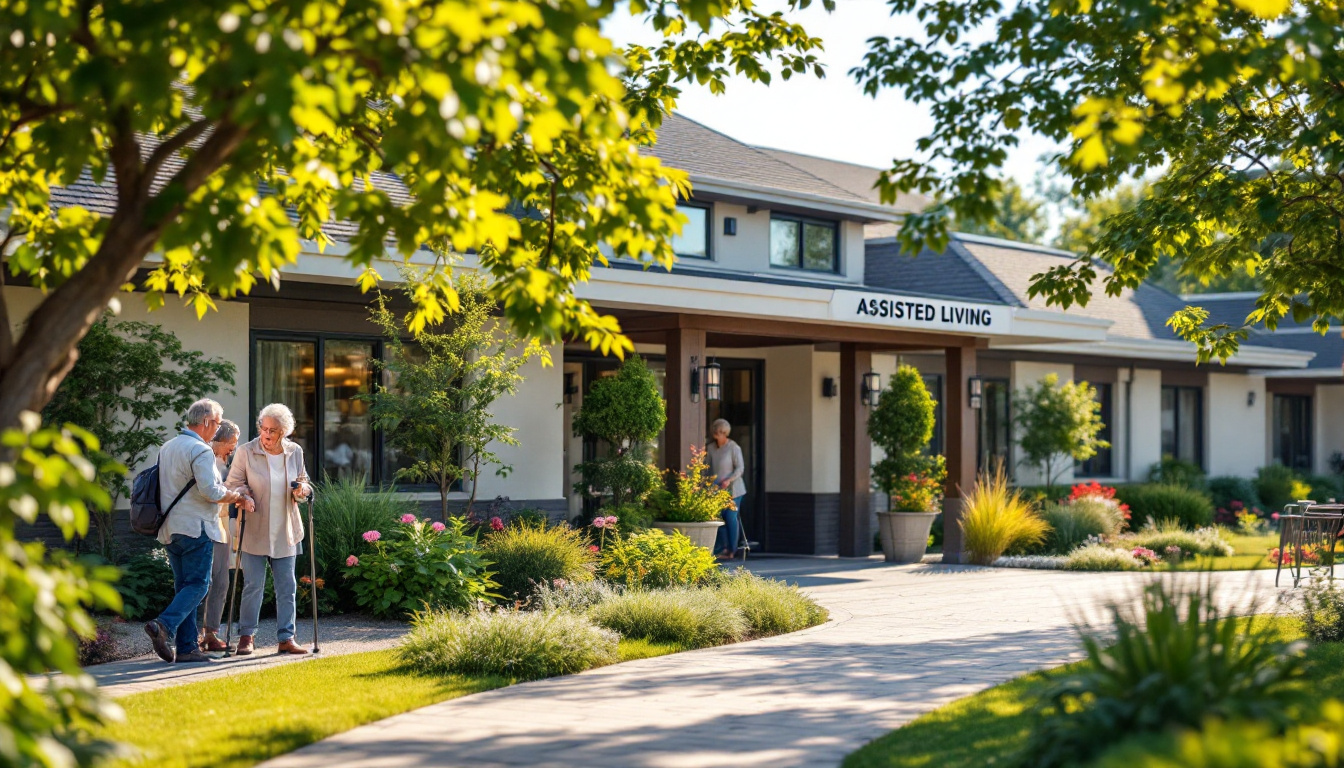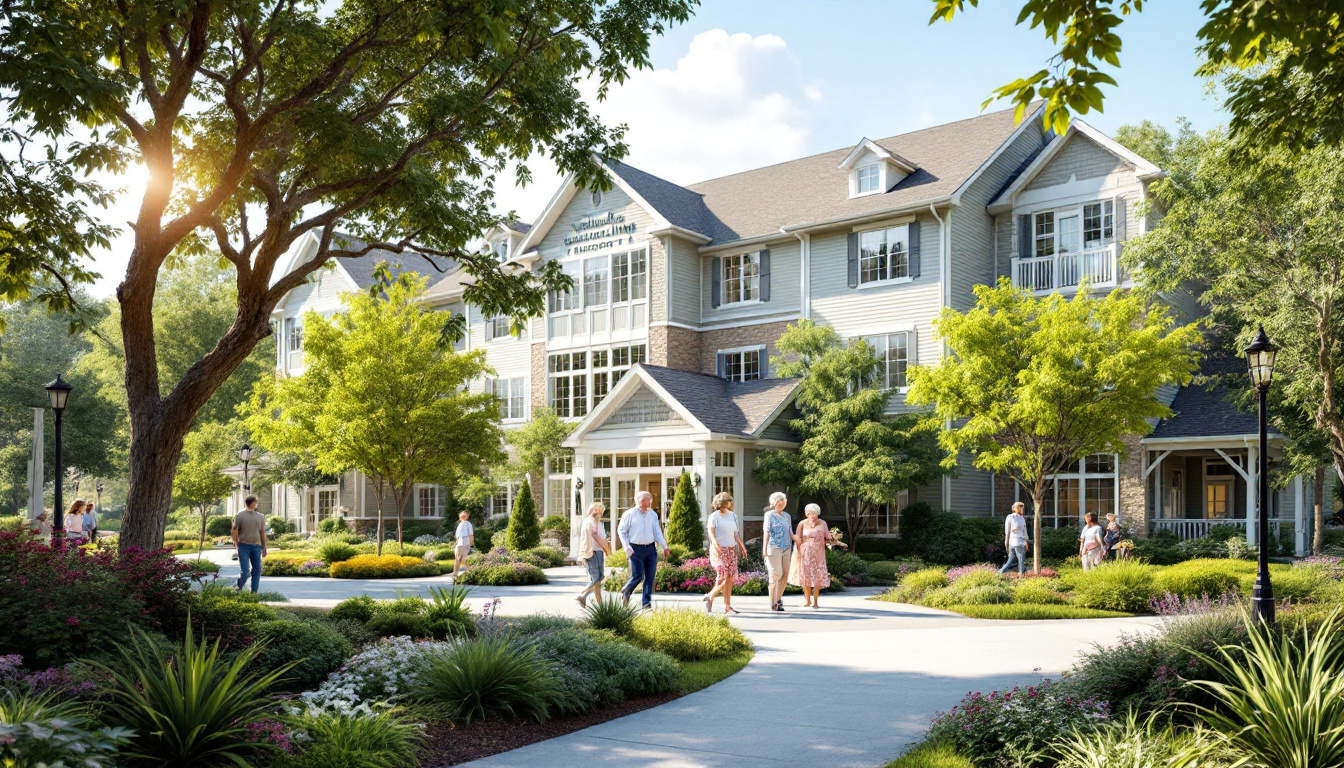How to Create a Care Plan for Your Loved One in Assisted Living
Developing a Personalized Roadmap for Senior Care

Understanding the Importance of a Structured Care Strategy
Creating a comprehensive care plan is an essential step in ensuring that your loved one receives the appropriate, personalized support needed to thrive in assisted living. It acts as a dynamic blueprint that guides care providers, family members, and the residents themselves through daily routines, medical needs, social engagement, and emergency protocols. An effective care plan promotes independence, respects individual preferences, and adapts to changing health conditions, offering peace of mind and improved quality of life.
Foundations of an Effective Care Plan

Why is having a structured care plan important for seniors in assisted living?
Having a structured care plan is essential for seniors in assisted living because it ensures they receive personalized, appropriate, and consistent care that meets their unique health and social needs. It provides a comprehensive roadmap that includes critical information such as medical conditions, treatments, medications, and emergency contacts, facilitating better coordination among caregivers and healthcare providers. Regularly reviewing and updating the plan helps adapt to changing health status, preventing overlooked tasks and reducing the risk of emergencies or hospitalizations. Additionally, a well-developed care plan supports residents’ independence, respects their preferences, and enhances their quality of life by promoting a sense of control over their care. Overall, it offers peace of mind for families and caregivers, ensuring that seniors' well-being remains a top priority.
What are the key components of an effective senior care plan?
An effective senior care plan is a comprehensive, living document that addresses the individual's health, personal preferences, social and emotional needs, safety, and support system. It should include detailed medical assessments, medication management, daily routines, nutritional requirements, and safety modifications to prevent falls and emergencies. The plan must also identify and coordinate with the care team, family members, and community resources to ensure continuous and personalized care. Regular review and updates are essential to adapt to changing health conditions and circumstances. Overall, a well-structured care plan promotes dignity, independence, and well-being for the senior while facilitating effective communication among caregivers and support networks.
How should care plans be personalized for individual seniors?
Personalized care plans for individual seniors should be developed through a comprehensive assessment of their medical conditions, daily routines, emotional needs, social engagement, cultural background, and personal preferences. The development process should be collaborative, involving input from the seniors themselves, their families, and a multidisciplinary healthcare team to ensure all aspects of their well-being are addressed. Key components include tailored medical management, assistance with daily activities, safety modifications, emotional and social support, and the integration of technology for ongoing monitoring. These plans should be flexible and regularly reviewed to adapt to changing health conditions, promoting independence, comfort, and safety. Ultimately, personalized care plans enhance overall quality of life by respecting resident autonomy, fostering dignity, and proactively managing health and safety concerns.
What should be included in a senior care plan template?
A senior care plan template should include comprehensive personal information such as medical history, current medications, emergency contacts, and allergy information. It should also cover mental health status, social support networks, environmental risks like hazards at home, nutritional needs, and personal interests or preferred activities. Each section should specify the desired outcomes and support strategies tailored to the individual’s needs. Incorporating daily routines, vital signs, meal plans, medical appointments, and medication schedules helps caregivers organize and deliver consistent care. Using customizable or digital templates ensures clarity, facilitates communication among care teams, and supports ongoing monitoring aligned with regulatory standards.
How does one develop a comprehensive care plan for an elderly loved one?
Developing a comprehensive care plan for an elderly loved one begins with a thorough assessment of their physical health, daily activity abilities, mental status, and home safety. This involves gathering insights from the senior, family members, and healthcare providers to identify specific support needs, such as medication management, social engagement, and environment safety modifications. The next step is creating a detailed plan that assigns responsibilities, sets short-term and long-term goals, and schedules care activities. Regular meetings should be scheduled to review and update the plan as health conditions evolve. It’s vital to document critical information like medical history, treatment plans, and legal directives, ensuring all involved parties are well-informed. Continuous evaluation and open communication promote safety, enhance quality of life, and uphold the senior’s independence.
How can family members and caregivers be involved in the care planning process?
Family members and caregivers play a crucial role by actively participating in assessments, providing input during planning, and participating in regular reviews to ensure ongoing appropriateness. Early involvement, especially during health changes or transitions to new care environments, helps monitor needs and advocate for suitable services. Assigning a primary family contact or surrogate ensures consistent communication. Caregivers can contribute by assisting with daily activities, offering emotional support, and managing healthcare logistics. Utilizing communication tools such as family meetings, shared documentation, and digital updates fosters collaboration. Their involvement guarantees the care plan remains aligned with the senior’s changing needs and personal preferences, promoting a supportive and person-centered approach.
What are some practical and legal considerations in developing a senior care plan?
Practically, the plan should organize daily routines, medical instructions, emergency procedures, and caregiver responsibilities. It should also include exploring care options like in-home services, assisted living, or nursing home placement, based on the senior’s condition. Legal considerations include establishing essential documents such as living wills, powers of attorney, healthcare proxies, and HIPAA authorizations to respect autonomy and facilitate decision-making. Collaborating with elder law attorneys ensures legal compliance and proper estate planning. Regularly reviewing these documents alongside the care plan is vital. Safety measures, emergency contacts, and financial planning should be integrated into the overall strategy. Ensuring legal protections and practical organization helps provide a secure, dignified, and well-coordinated care environment for the senior.
Final Thoughts on Effective Care Planning
In summary, creating a personalized and comprehensive care plan for your loved one in assisted living is a vital process that requires thorough assessment, collaborative development, and ongoing revision. It is essential to involve the individual, their family, and healthcare professionals to ensure every aspect of health, safety, and emotional well-being is addressed. By establishing clear goals, documenting detailed information, and regularly reviewing the plan, caregivers can provide high-quality, responsive care that enhances the resident’s independence and quality of life. Proper planning not only safeguards the individual’s health but also provides peace of mind for families, creating a supportive environment where seniors can thrive with dignity and respect.
References
- Understanding Care Plans in Assisted Living Communities
- Guide to Creating a Senior Care Plan - A Place for Mom
- How to Create a Senior Care Plan for Your Loved One
- Preparing Your Loved One for Assisted Living: A Step-by-Step Journey
- How To Create A Care Plan: Tips For Family Caregivers
- How to Create a Care Plan - Oasis Senior Advisors
- 9 Things To Prepare Before Moving Loved One Into Assisted Living
- 5 Tips for Personalizing Care Plans in Assisted Living - Solterra






































































































